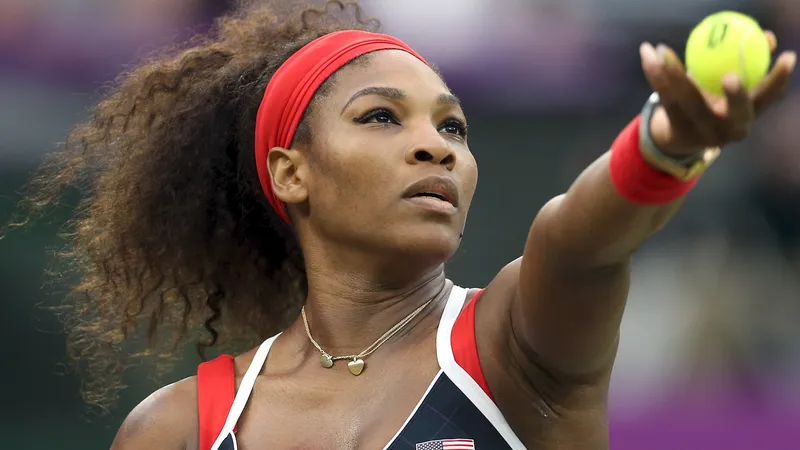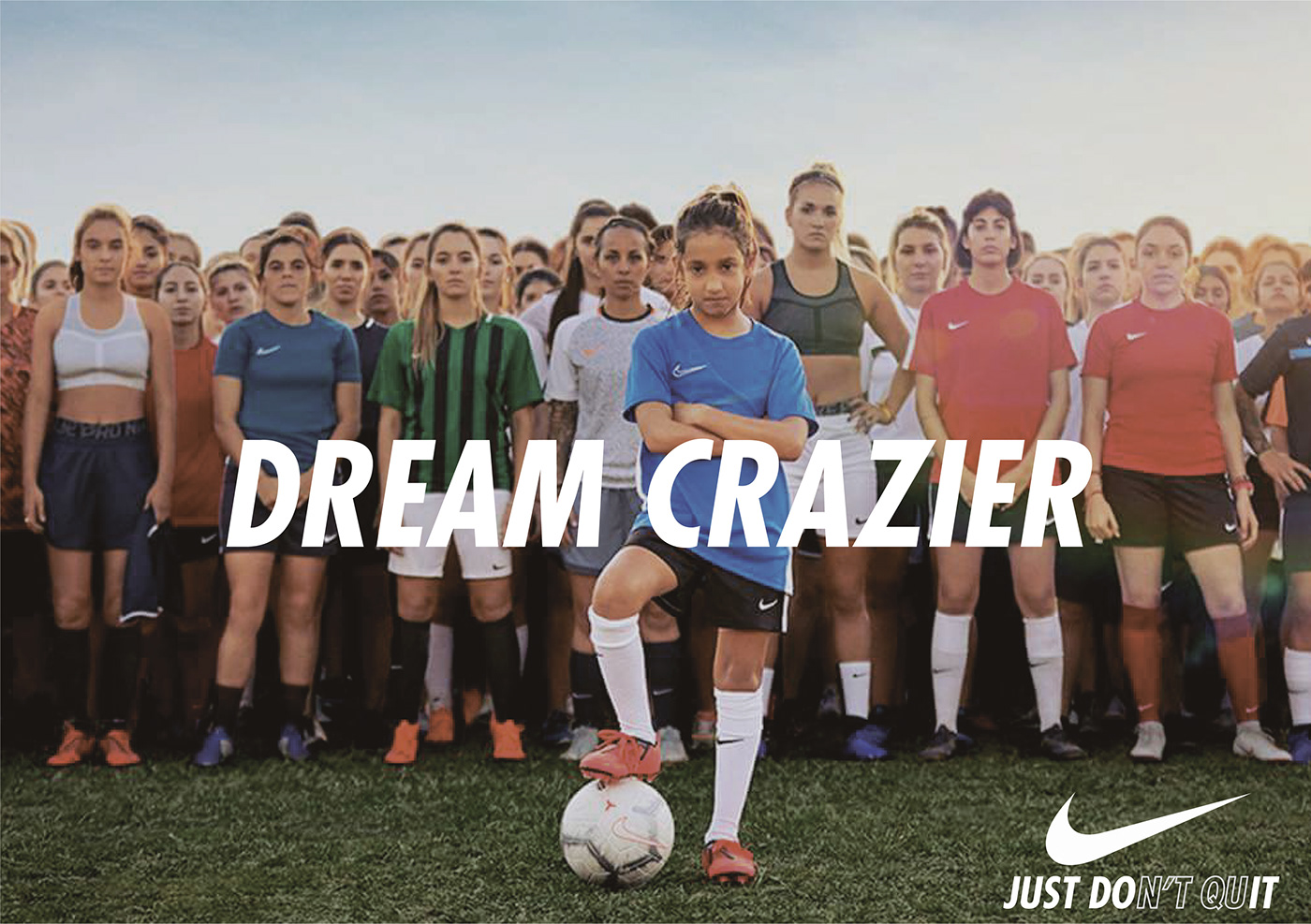Women in Sports: Breaking Barriers and Redefining Athletic Excellence
Women in sports have long faced barriers, from unequal pay and media coverage to limited opportunities. However, over the years, they have defied the odds, proving that athletic excellence knows no gender. As more women take the spotlight in various sporting arenas, they are not just competing—they are changing the narrative and redefining what it means to be an athlete.

Overcoming Historical Barriers
Historically, women were excluded from many sports or were given fewer opportunities to compete at the highest levels. This inequality was especially evident in Olympic events, where many sports were reserved only for men.
Key Moments in Breaking Barriers:
-
1972 Title IX – This U.S. law prohibited gender discrimination in educational programs, including sports, giving more women access to athletic scholarships and opportunities.
-
The Women’s World Cup – The first FIFA Women’s World Cup in 1991 marked a significant moment for women’s soccer, bringing international recognition to the women’s game.
-
Serena Williams – One of the greatest tennis players of all time, Serena has broken countless records and redefined strength, resilience, and excellence for women in sports.
These milestones, among many others, helped pave the way for future generations of female athletes, and they continue to inspire today.
Empowering the Next Generation
As visibility for female athletes grows, so does the empowerment of younger women looking up to them. Today’s athletes serve as role models, not just for aspiring professionals but for young girls everywhere who see sports as a potential avenue for personal and professional growth.
Women Paving the Way:
-
Simone Biles – Her dominance in gymnastics and advocacy for mental health has set new standards for both performance and athlete well-being.
-
Megan Rapinoe – A vocal advocate for gender equality, Rapinoe is also a leader on the U.S. Women’s National Soccer Team, helping to lead them to World Cup victory and demand equal pay.
-
Naomi Osaka – In tennis, Osaka has become a global icon not just for her performance on the court but also for using her platform to address issues of racial injustice and mental health.
These athletes and others are challenging old stereotypes about women’s capabilities and inspiring future generations to break through their own barriers.
Challenging Gender Norms
Women in sports are also challenging traditional gender roles by excelling in sports that were once considered "male-dominated." From basketball and soccer to mixed martial arts and motorsport, women have been showing that they can compete with the best, regardless of the sport’s history.
Sports Breaking Gender Norms:
-
Formula 1 – Pioneers like Lella Lombardi have made history in a sport that was previously off-limits to women, and the rise of female racers such as Sophia Floersch continues to break barriers.
-
Mixed Martial Arts (MMA) – Fighters like Ronda Rousey have elevated women’s MMA to new heights, gaining global recognition and respect for their athleticism and toughness.
-
Basketball – The Women’s National Basketball Association (WNBA) has become a central force in women’s sports, showcasing exceptional talent and inspiring female athletes worldwide.
By breaking into these traditionally male-dominated fields, women are proving that talent knows no boundaries, whether physical or societal.
Media Representation and Changing Narratives
In the past, women in sports often struggled to receive media attention. Coverage was minimal, and when women’s sports were covered, it was often focused on their appearance rather than their performance. Today, media outlets are beginning to give women’s sports the attention and respect they deserve.
Shifting the Narrative:
-
Social Media Influence – Athletes like Chloe Kim and Katie Ledecky have gained massive followings on social media, allowing them to take control of their own narratives and showcase their achievements.
-
Major Broadcast Networks – Major sporting events, including the Women’s World Cup and WNBA Finals, are now getting more airtime and attracting larger audiences.
-
Nike’s “Dream Crazier” Campaign – This ad, featuring women athletes like Serena Williams and Simone Biles, changed the conversation around women in sports by highlighting their strength and accomplishments.
More coverage, especially on digital platforms, has allowed women’s sports to shine in a way that wasn’t possible decades ago.

The Fight for Equal Pay
One of the ongoing struggles for women in sports is the fight for equal pay. Women often receive significantly lower salaries than their male counterparts, despite achieving similar levels of success. However, this is slowly beginning to change.
Equal Pay Movements:
-
U.S. Women's National Soccer Team – The team’s fight for equal pay has brought attention to the wage gap in sports, culminating in a legal battle and public outcry for gender equality.
-
Tennis – Grand Slam tournaments like the U.S. Open and Wimbledon have equalized prize money for men and women, setting a standard for other events.
-
WNBA and NBA – While pay gaps still exist, the WNBA has seen improvements in salaries and support, thanks to advocacy by players and fans.
These ongoing battles for equal pay highlight the importance of continuing to advocate for fairness in all aspects of professional sports.
Conclusion: A New Era of Athletic Excellence
Women in sports are not just breaking barriers—they are reshaping the entire landscape of athletics. With growing recognition, rising pay, and an increasing number of women participating in traditionally male-dominated sports, the future of women in sports is brighter than ever.
As we continue to celebrate their achievements, it’s clear that the next generation of athletes will continue to redefine what it means to be a woman in sports, proving that excellence knows no gender.












